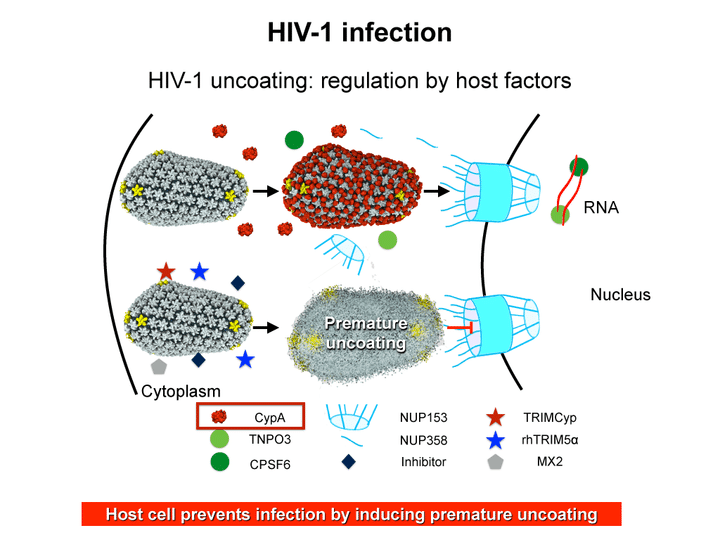HIV (Human Immunodeficiency Virus) Infection
HIV (human immunodeficiency virus) is a virus that attacks the immune system, the body's natural defense system. Without a strong immune system, the body has trouble fighting off disease. Both the virus and the infection it causes are called HIV. White blood cells are an important part of the immune system. HIV infects and destroys certain white blood cells called CD4+ cells. If too many CD4+ cells are destroyed, the body can no longer defend itself against infection. The last stage of HIV infection is AIDS (acquired immunodeficiency syndrome). People with AIDS have a low number of CD4+ cells and get infections or cancers that rarely occur in healthy people. These can be deadly. But having HIV doesn't mean you have AIDS. Even without treatment, it takes a long time for HIV to progress to AIDS-usually 10 to 12 years. When HIV is diagnosed before it becomes AIDS, medicines can slow or stop the damage to the immune system. If AIDS does develop, medicines can often help the immune system return to a healthier state. With treatment, many people with HIV are able to live long and active lives. There are two types of HIV:
- HIV-1, which causes almost all the cases of AIDS worldwide
- HIV-2, which causes an AIDS-like illness. HIV-2 infection is uncommon in North America. HIV infection is caused by the human immunodeficiency virus. You can get HIV from contact with infected blood, semen, or vaginal fluids.
- Most people get the virus by having unprotected sex with someone who has HIV.
- Another common way of getting it is by sharing drug needles with someone who is infected with HIV.
- The virus can also be passed from a mother to her baby during pregnancy, birth, or breastfeeding. HIV doesn't survive well outside the body. So it can't be spread by casual contact like kissing or sharing drinking glasses with an infected person.



+1.svg)
